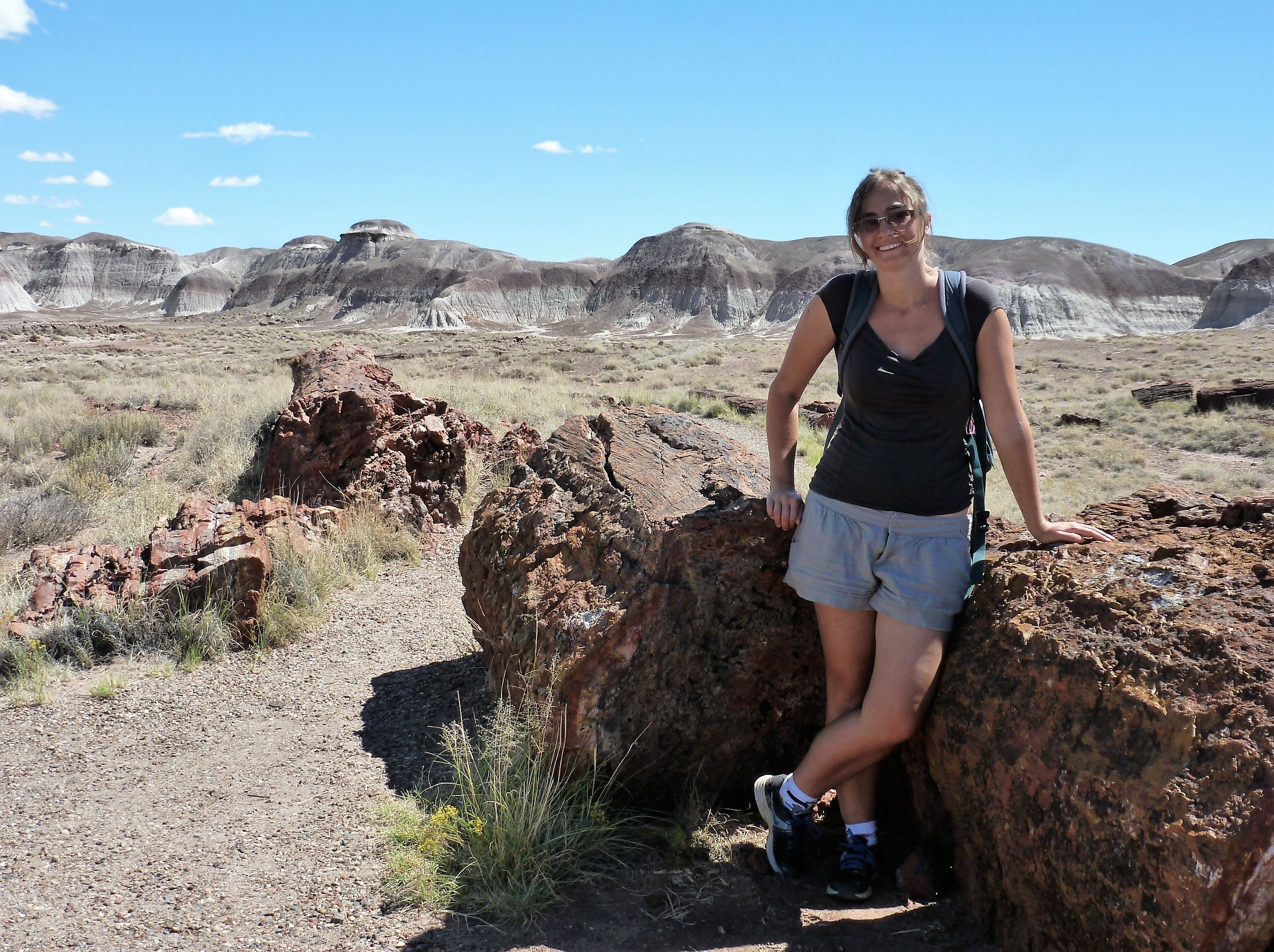In my third year of college, I took a lecture course from a professor who studied the inner core. She told us about how you could use seismology to probe the earth. I thought that was so interesting that in my fourth year, I did a research project with her, looking at deep-earth structures. That was my career turning point.
When I came to the U.S. from England for my PhD, I only knew the names of five states. It’s been a steep learning curve over the past couple of years, learning all the geologic history of this continent. Now, the challenge is to incorporate the seismic data with 2.5 billion years of North American geological history to craft a compelling story.
I really like those “aha!” moments that come after weeks and weeks of processing your data and looking for all the correlations you can find. Finally, what you have been reading in the literature clicks with what you're seeing. In some ways the stuff we’re researching is fundamental to how the whole planet functions, and the fact that I am helping to form new insights is very satisfying.
Emily Hopper is a postdoctoral research scientist at Lamont-Doherty Earth Observatory, Columbia University. Her research uses scattered seismic waves to build images of the North American crust and mantle lithosphere.
Hopper participated in EarthScope’s 2017 Evolution of the Southern Appalachian Lithosphere synthesis workshop. She was also a part of the team that installed the SESAME array in Georgia, a project that used EarthScope’s Flexible Array.
—by Beth Grassi





